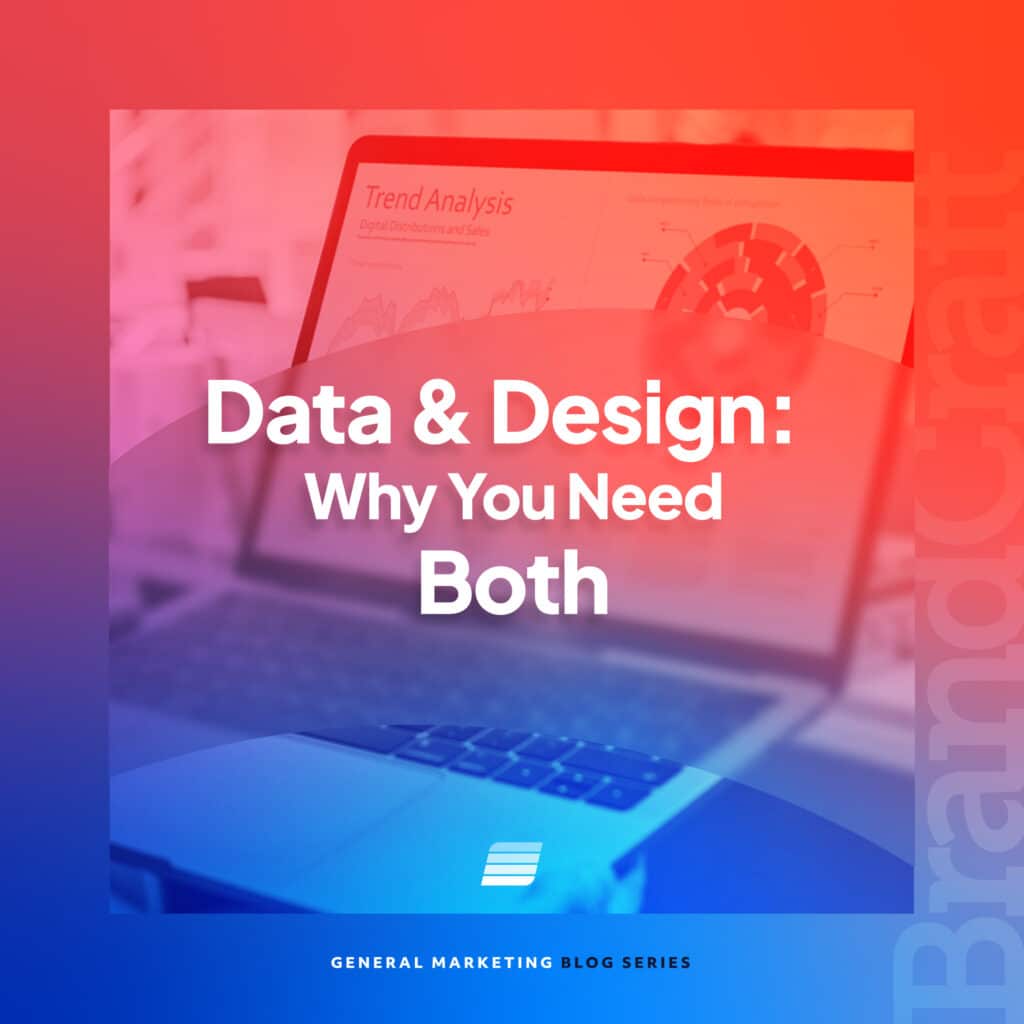How to Take Advantage of Intent Signals to Fuel Your Sales Pipeline
October 11, 2022

Success in sales and marketing is strongly dependent on data, and every smart marketer knows the potential worth of intent data and its ability to help realize broad company objectives. It’s also crucial to note that successful sales results involve effective tactics, management, and effort.
Not only will a comprehensive insight into consumer needs to provide your company with a competitive edge, but it will also aid in creating a solid and reliable sales pipeline that will help it achieve exceptional results faster. Therefore, the modern business world requires you to have intent data to manage your business effectively. Read on to learn more about intent signals, intent data, and how to use intent signals to fuel your sales pipeline.
What are Intent Signals?
Intent signals or intent data are indicators that a prospect or an organization is showing interest in or interacting with your brand online. An intent signal could involve so many aspects. For instance, it could result from an online discussion with a client or even when a customer interacts with your business on social media.
Your business should be able to collect, monitor, and record essential data to assist in customer follow-up to employ intent signals or data to your advantage. Also, it is necessary to reduce the signaling meaning to its most basic level to help identify the customers who are most likely to commit and the leads with a high possibility of being high in value.
How Intent Signals Can Make a Difference in Your Lead Generation Efforts
Intent signals help you focus on your prospect’s behaviors and interests. It implies that by using intent signals, you may create highly targeted sales and marketing strategies because you will consider your clients’ perspectives and demands. In other words, intent signals use data points to aid in understanding lead generation strategies, how to implement them, and when to promote your products or services.
You can expect several benefits from working with data-driven lead generation efforts, including:
- Optimized lead generation tactics: By using intent signals or data, you can evaluate your leads and target your efforts on those highly inclined to convert.
- Improved prospecting productivity: Pursuing high-internet leads will produce better results with less time, effort, and money invested.
- Advanced personalization: You may create individualized experiences using intent signals throughout the customer lifecycle.
- Creation of pertinent content: You may tailor your marketing plan by using the valuable information you gain from intent signals about what your customers might be interested in.
Understanding the various intent data types is crucial for achieving intent signals’ advantages in your lead generation efforts.
Intent Data Types
It is important to comprehend how various intent data differ since each type offers a distinct degree of insight into consumer behavior, such as requests, media consumption, download, and much more.
Intent data divide into either active intent or passive intent data and further distinguished into first-party, second-party, and third-party data. While first-party data are obtained from your digital properties, such as chatbots, second-party data is usually gathered as a function of your brand with a user’s permission, such as cookie data on the webpage. Third-party data is the intent data accessible online and primarily exists beyond your technological control.
Active Intent
Active intent data generates when users actively search for a good or service. These data come from sources like:
- Navigational intent: These navigational signals suggest that a user is actively prepared to act on your product.
- Informational intent: In this scenario, the customer is inclined to read your blog or guides to learn more about your product or service.
- Transactional intent: The user’s behavior suggests a likelihood for them to buy your product. It’s possible that the user will be more interested in your pricing page, user examples, or even adding the goods to their basket.
Passive Intent
On the other hand, passive intent is whereby users fail to realize that your product provides an ideal solution to their problem. Therefore, determining passive intent is an excellent approach to increasing your sales pipeline. This is because the user is not yet explicitly hunting for the product where you have previously contacted them. Here are datasheets that can help you understand the user’s passive intent:
- Technographic data: This gives information on a potential company’s technological foundation, including the software it employs, the hardware it possesses, and the networks to which it is linked. Technographic data essentially informs you about the programs and equipment used by your prospects and customers.
- Firmographic data: This data includes features vital for classifying firms, such as company size, revenue, market share, and other information.
- Demographic data: This is primarily based on attributes that can be used to profile and divide users into several categories, such as age, gender, occupation, and others.
3 Tactics on How to Use Intent Signals in Your Next Marketing Campaign
Try these 3 tactics in your next marketing campaign if you’re having difficulty increasing your revenue through timely targeting:
Prioritize Specific Customers and Leads
Instead of relying on the marketing team for lead generation, you can utilize high-quality intent data to focus on prioritizing particular accounts and prospects. Based on the information you obtain from the intent data, determines your prospect’s purchasing power or interest in the product. All these elements will improve your sales team’s understanding of your leads and increase their ability to close deals.
Improve Your First-Party Lead Management System
Intent data gives your first-party sources extra context for effective lead prioritization. This is because the first-party lead management platform you employ collects data from interfaces under your control, including websites.
Use intent data platforms such as Slintel to seamlessly integrate intent data into marketing platforms. This saves your sales team the time and effort of looking for information about prospects who registered a day earlier.
Segment Your Lead Intent Data
Another strategy is to segment your prospects into separate groups. This helps your marketing team focus on leads depending on their demands. As a result, your sales team can focus their sales efforts accordingly, improving the likelihood that leads will become customers.
What This Means for Marketing Directors
As a marketing director, you should know the significance of intent signals as a sales pipeline pillar. It helps with better lead generation and sales pipeline management. Intent signals save your marketing team time and effort by generating leads that can easily turn into a buyer. Besides, you shouldn’t ignore content’s critical role in sales and marketing. With correct content on your website, you can better understand the market and develop your product.
Improve Your Marketing Campaign Today
Intent signals help you learn more about your prospects. It provides you with the correct information while sparing your sales team’s time and effort. Thus, concentrate on leads that matter, the ones that are more likely to convert and influence your income.
Sales and marketing plans are not all about finding the right client, but it mainly entails turning every prospective customer into the ideal prospect. At BrandCraft, we provide the information and direction required to successfully implement sales and marketing strategies. Contact us today to book a discovery call with our digital marketing experts.







